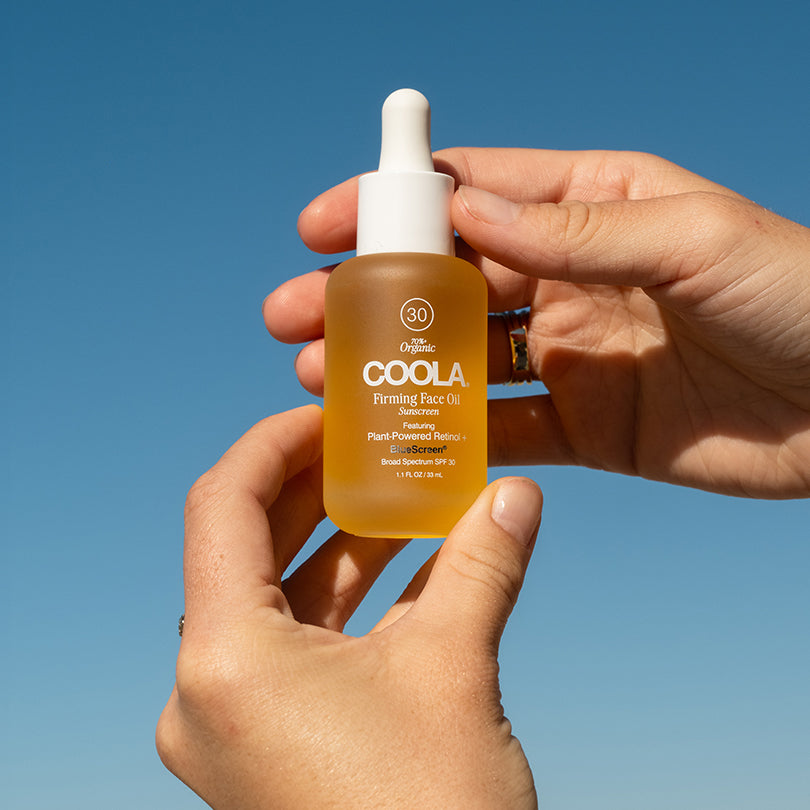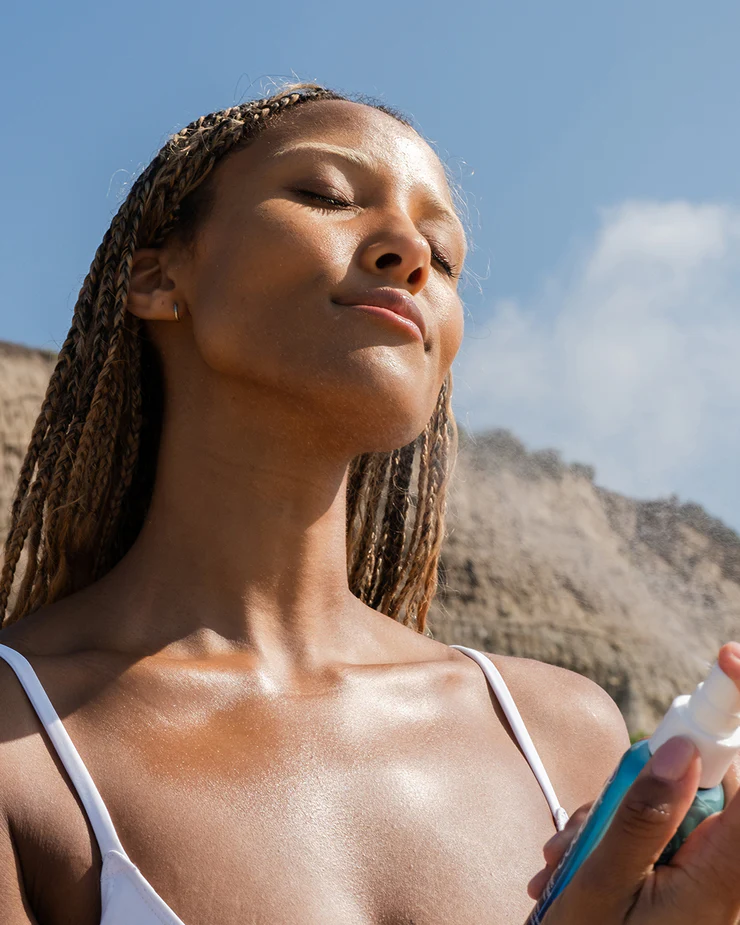
The sunlight that reaches us is made up of two types of harmful rays: long wave ultraviolet A (UVA) and short wave ultraviolet B (UVB). UVA rays penetrate deep into the dermis, the skin’s thickest layer.
Unprotected exposure can lead to premature skin aging and wrinkling (photoaging), and suppression of the immune system. UVB rays will usually burn the superficial layers of your skin. It plays a key role in the development of skin cancer. The intensity of UVB rays varies by season, location and time of day, with 10 AM to 4 PM being the peak hours. Sunburned skin doesn’t just feel awful, it can cause permanent damage over time.

SPF stands for sun protection factor. Sunscreens are classified by an SPF number which refers to their ability to deflect UVB rays. The SPF rating is calculated by comparing the amount of time needed to burn sunscreen-protected skin vs. unprotected skin.
Use a broad spectrum SPF of 15 or higher to protect not only against sunburn but reduce the risk of skin cancer and premature skin aging caused by the sun.
Classic and Mineral Sunscreens are differentiated by their active sun protection ingredients. Classic sunscreens use chemical (also commonly referred as “non-mineral” or “traditional”) active ingredients designed to absorb and dissipate UVA/UVB rays, while Mineral Sunscreens use mineral (also commonly referred to as “physical”) active ingredients such as Titanium Dioxide and Zinc Oxide to scatter and reflect UVA/UVB rays.
All of our formulations, both classic and mineral, guarantee broad-spectrum protection from both UVA and UVB rays!

The FDA has established a standard test for over-the-counter (sold without a prescription) sunscreen products that determine which products are allowed to be labeled as “Broad Spectrum.”
Products that pass the broad spectrum test provide protection against both ultraviolet B radiation (UVB) and ultraviolet A radiation (UVA). A certain percentage of a broad spectrum product’s total protection is against UVA.
The Critical Wavelength of the adjacent test for our COOLA Mineral Face SPF 30 product is 374.00 nm and satisfies the criteria for “Broad Spectrum” labeling (minimum of 370 nm required).

A 10 person in-vivo test, in which water resistance is presented as a comparison of initial SPF and water-exposed SPF by immersion. Based on test results, a passing SPF product may display Water Resistant (40 Minutes) or Water Resistant (80 Minutes).




